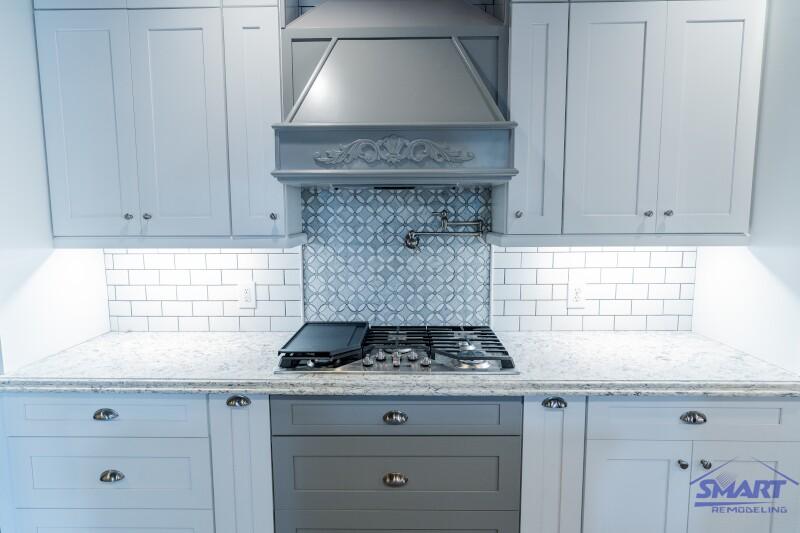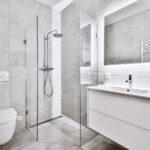When buying a range hood, there are certain things to consider. First is noise, you don’t want a range hood to be as loud as being at the airport. Further, you want a hood that ventilates well and is quiet.
The objective is to keep your home free of cooking smells that would otherwise tend to linger. And, to keep heat from the stove from damaging nearby walls.
While it may seem like a simple endeavor, purchasing the correct range hood involves taking into consideration many things. You’ll want to consider these ten elements when considering buying a range hood.
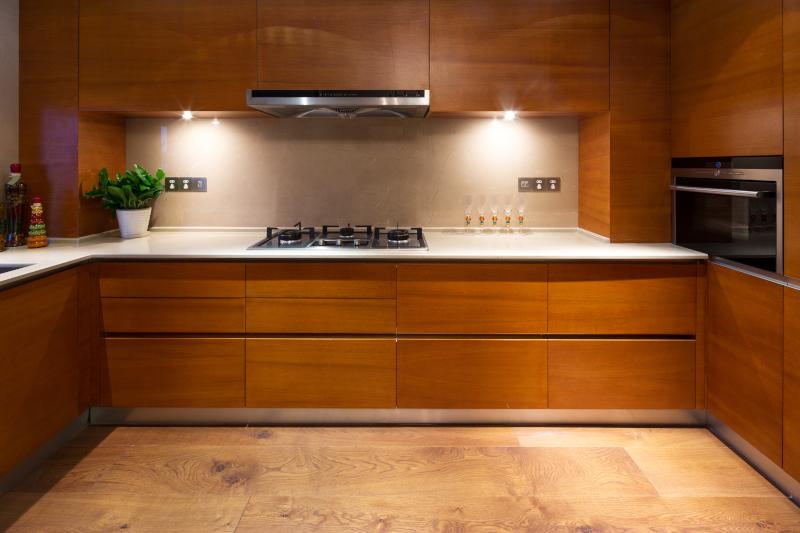
10 Key Considerations For Choosing The Right Range Hood
Let’s make picking the perfect range hood simple by going over these 10 important things, like how strong it is and if it looks good in your kitchen.
1. Easy To Clean Filters
Reusable filters that can be easily removed for cleaning are ideal. These are most often made of aluminum and pop completely out so they can be scrubbed in the sink.
2. Lower Sones Number
This is the sound level at which your range hood operates. A quiet hood will range 1 to 3 sones (40 to 60 decibels)—the lower the sones, the quieter your range hood fan. If you’ve ever run a hood fan on high and it sounds like a jet engine, you know your sones number is extremely high.
3. Controls
Choose a range hood with a multi-speed fan or variable speed control. This puts you in control at what level you wish the fan to run. When cooking more odorous foods, a higher speed will be best. For general cooking of one or two burners, then a low speed should suffice.
4. Air Exchange
When your hood fan is operating, you want the air to exchange a minimum of 15 times per hour to circulate the air when cooking correctly.
ProTip Takeaway: Choose a range hood with a fan that operates at the lowest sones number to keep noise in the kitchen at a bare minimum.
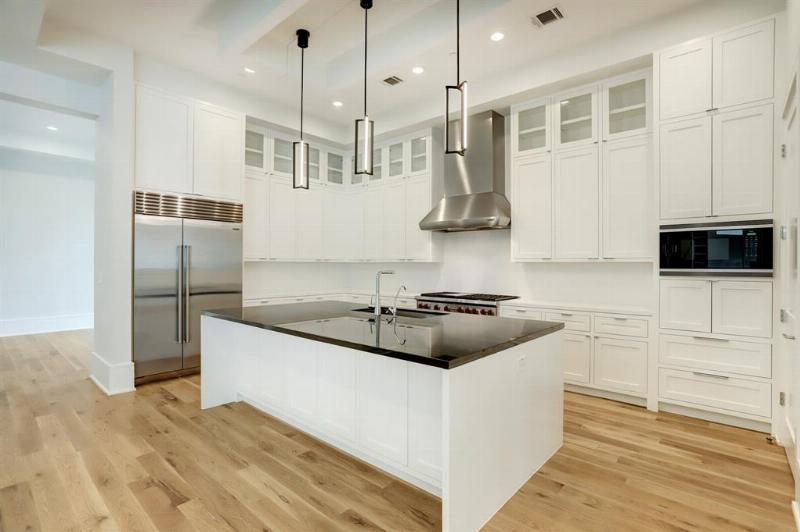
5. Kitchen Size
To determine which range hood will be best for your home, you’ll need to measure to determine the correct cubic feet of your kitchen. Then look for a range hood that is made to handle your kitchen’s size so it will adequately ventilate.
6. Stove’s BTU
Take note of your stove’s BTU output before the range hood purchase. How many BTUs your stove gives out is the baseline for choosing a range hood that will provide proper ventilation.
7. Non-Ducted or Ducted
Non-ducted hoods with a clean filter work just like ducted ones to get rid of humidity, heat, smells, and grease. But how much ductwork do we need to send all that outside?
8. CFM Rating
You’ll want to look for a range hood that will provide proper ventilation. Range hoods are rated by the number of cubic feet per minute (CFM) of air they move.
9. Coverage
Make sure the range hood is big enough and placed right over the stove. If it’s not hanging over the stove properly, it won’t catch the heat and smells from cooking. Some hoods only cover part of the stove, but others are made to go right above the stove top and vent straight up to the ceiling. Those are perfect for a big house.
10. Positioning
Put the range hood about 28″-36″ above your cooktop to make the most of its ability to vent out air. If it’s too close, it’ll just get hot and won’t vent properly. When it’s set up just right, it’ll do a great job of sucking up the heat and smells.
ProTip Takeaway: Measure your kitchen before the purchase of a range hood to make sure you get one that will adequately ventilate.
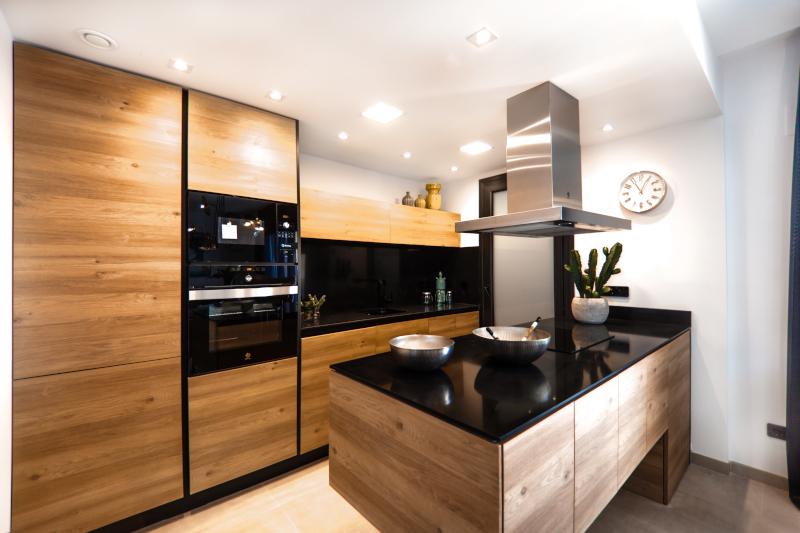
Start Your Project Today
Ready to start your perfect kitchen remodel project or have your range hood installed? We can help. Contact us for a free estimate today.
Need help with determining the best range hood for your kitchen and how it fits into your remodel plans? With our complimentary design services, we can help you grow your vision or help by providing excellent design options for you to choose from. Contact us for a free kitchen remodeling consultation today.

